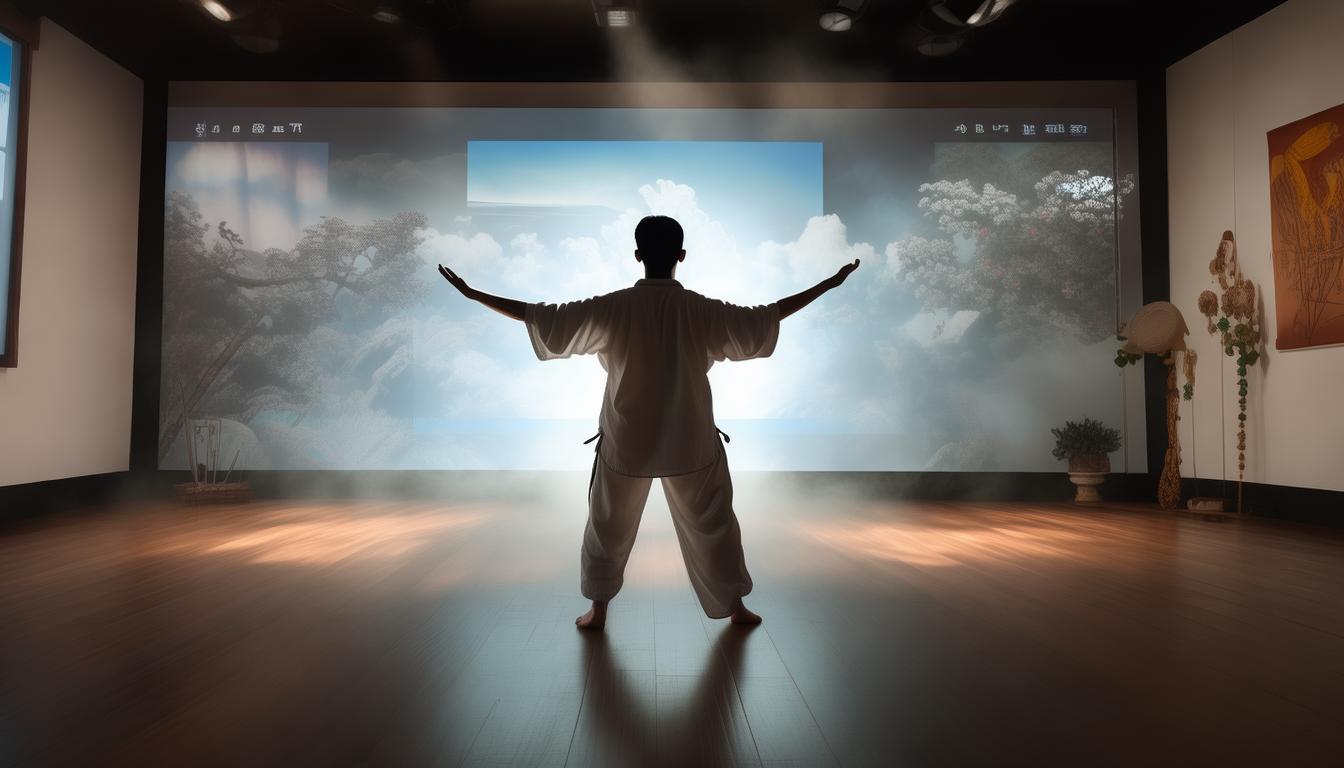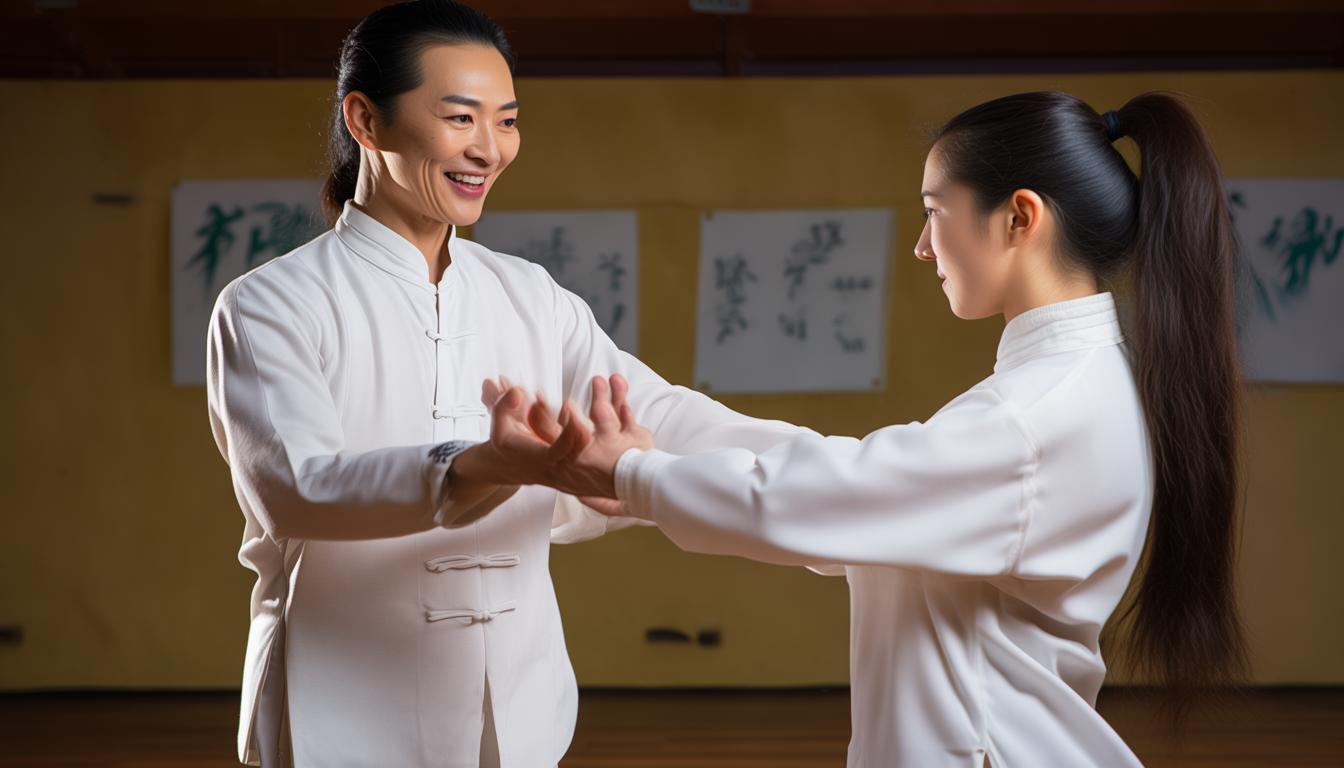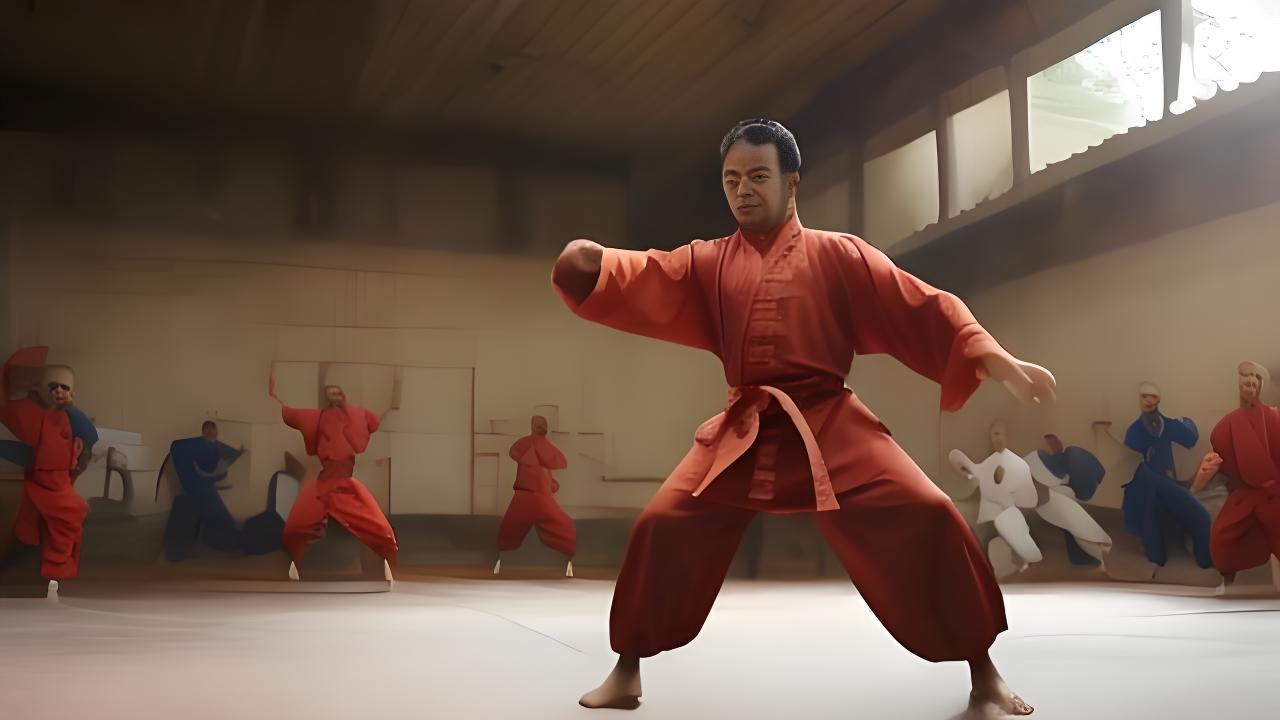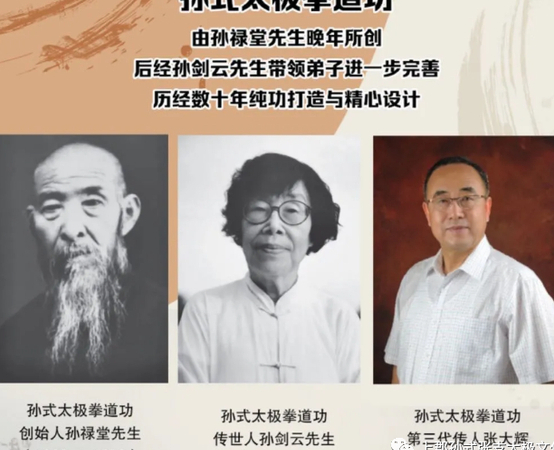
Exploring The Ancient Chinese Martial Arts Tai Chi: A Wonderful Fusion Of Strengthening The Body And Inner Peace
Taichi chinese taichi , an ancient Chinese martial art, is not only a form of self – defense but also a pathway to inner peace and physical well – being. It combines slow, flowing movements with deep breathing and mental focus, offering numerous benefits to practicers.
Historical Origins
Taichi's roots trace back to ancient China, with stories often linking it to Taoist monks seeking harmony with nature. Inspired by the changing seasons and the balance of yin and yang,they developed a series of gentle yet powerful movements. Over time Tai Chi For Health , different styles of taichi emerged like Chen, Yang, Wu, and Sun, each with its own unique features and traditions, passed down through generations.
These early masters saw taichi as a way to cultivate both the body and the mind. They practiced in peaceful mountains and quiet temples, refining the art to its current form. Their teachings laid the foundation for what we know as taichi today, bridging the gap between ancient wisdom and modern practice.
Health Benefits
Practicing taichihi is like a magic pill for health. It significantly improves balance and flexibility, which is especially important for the elderly. The slow, controlled movements force the body to work on its equilibrium, reducing the risk of falls. Additionally, it boosts cardiovascular health by improving circulation and lowering blood pressure.

Mentally Tai Chi Classes Online , taichi is a stress – reliever. The focused breathing and concentration needed help to clear the mind of distractions, leaving us feeling calm and centered. It's like taking a mini – vacation from the chaos of daily life, helping us face challenges with a more relaxed attitude.
Basic Techniques
Posture is the first key in taichi. Keeping the spine straight, the body should be upright but not proved. This proper alignment ensures smooth movement and efficient energy flow. Think of it as a tree standing firmly in the ground, steady yet ready to sway with the wind.
The transition between movements is another cruel aspect. One movement should flow seamlessly into the next, without any sudden stops or starts. It's like a river gently meaning through the landscape, flowing continuously in harmony.
Practice Tips
Consistency is cruel in taichi. Regular practice, even for just a short period each day, will yield better results than sporadic long sessions. Set a schedule that you can really follow and stick to it. It's like watering a plant; a little bit every day helps it grow strong.

Finding a good teacher is also essential. A knowledgeable instructor can correct your form, offer personalized advice, and deeply your understanding of taichi. Having someone to guide you through the learning process will prevent bad habits from forming and accelerate your progress.
Cultural Significance
Taichi is deeply embedded in Chinese culture. It represents the Chinese philosophy of balance and harmony, reflecting an understanding of the universe and our place in it. It's not just a physical activity but a cultural symbol that carries the wisdom of the past.
In modern society, taichi has spread globally, acting as a cultural ambassador for China. It brings people from different backgrounds together, promoting cross – cultural understanding and appreciation. As more people embrace taichi, its cultural value continues to shine on a global stage.
Do you think you'll give taichi a try after learning about it? If so, which aspect are you most excited about?





